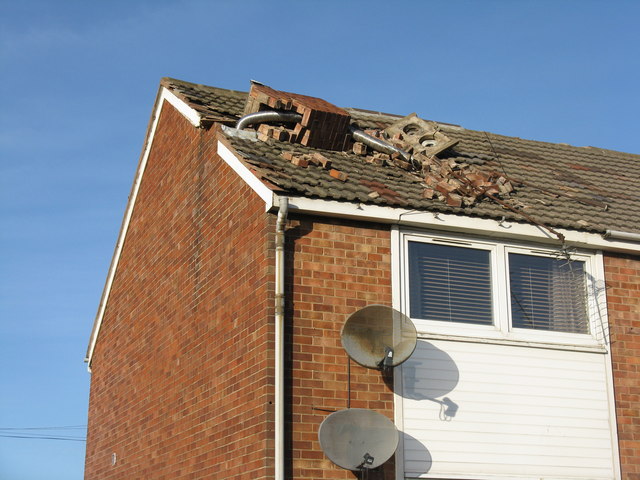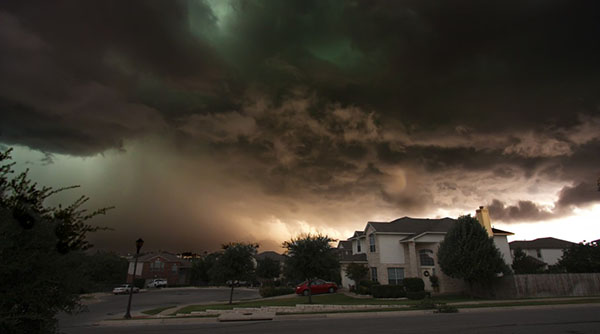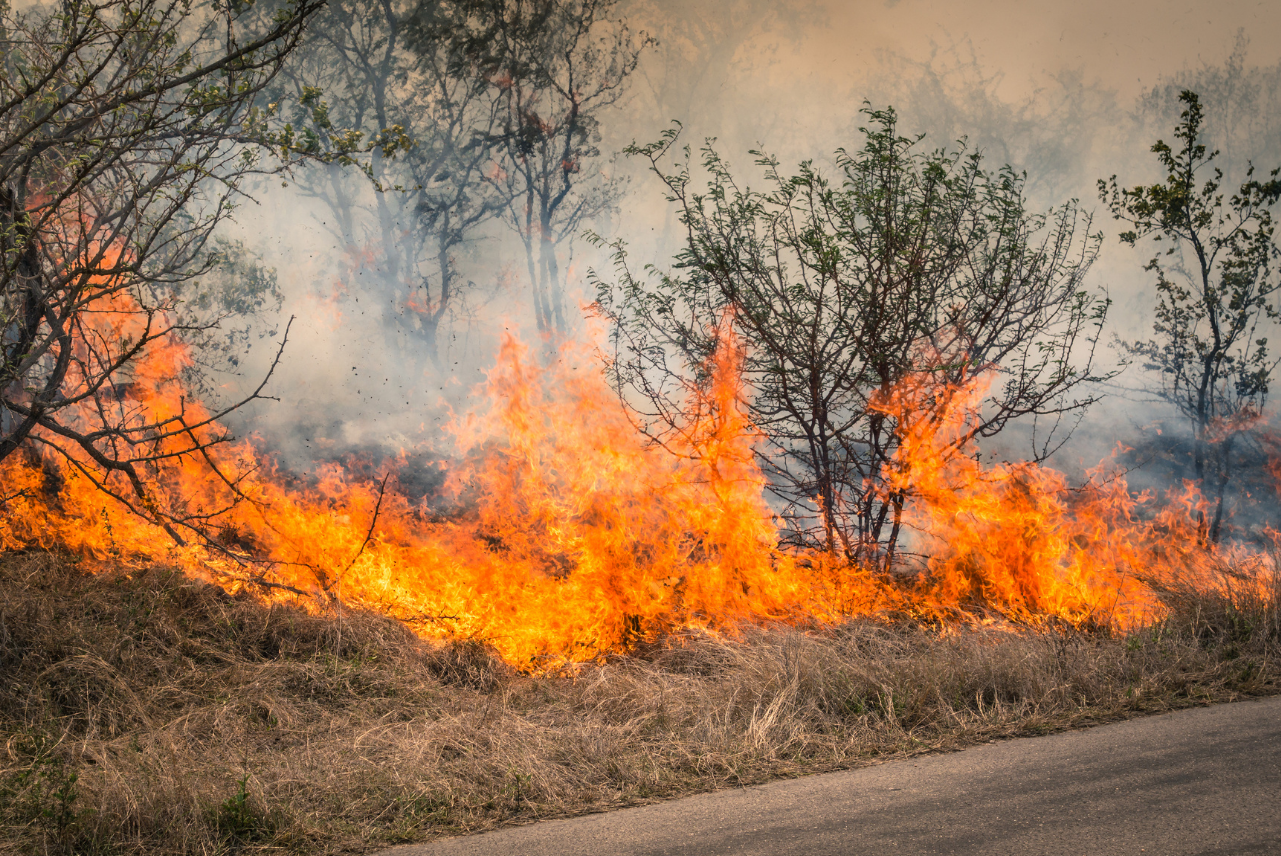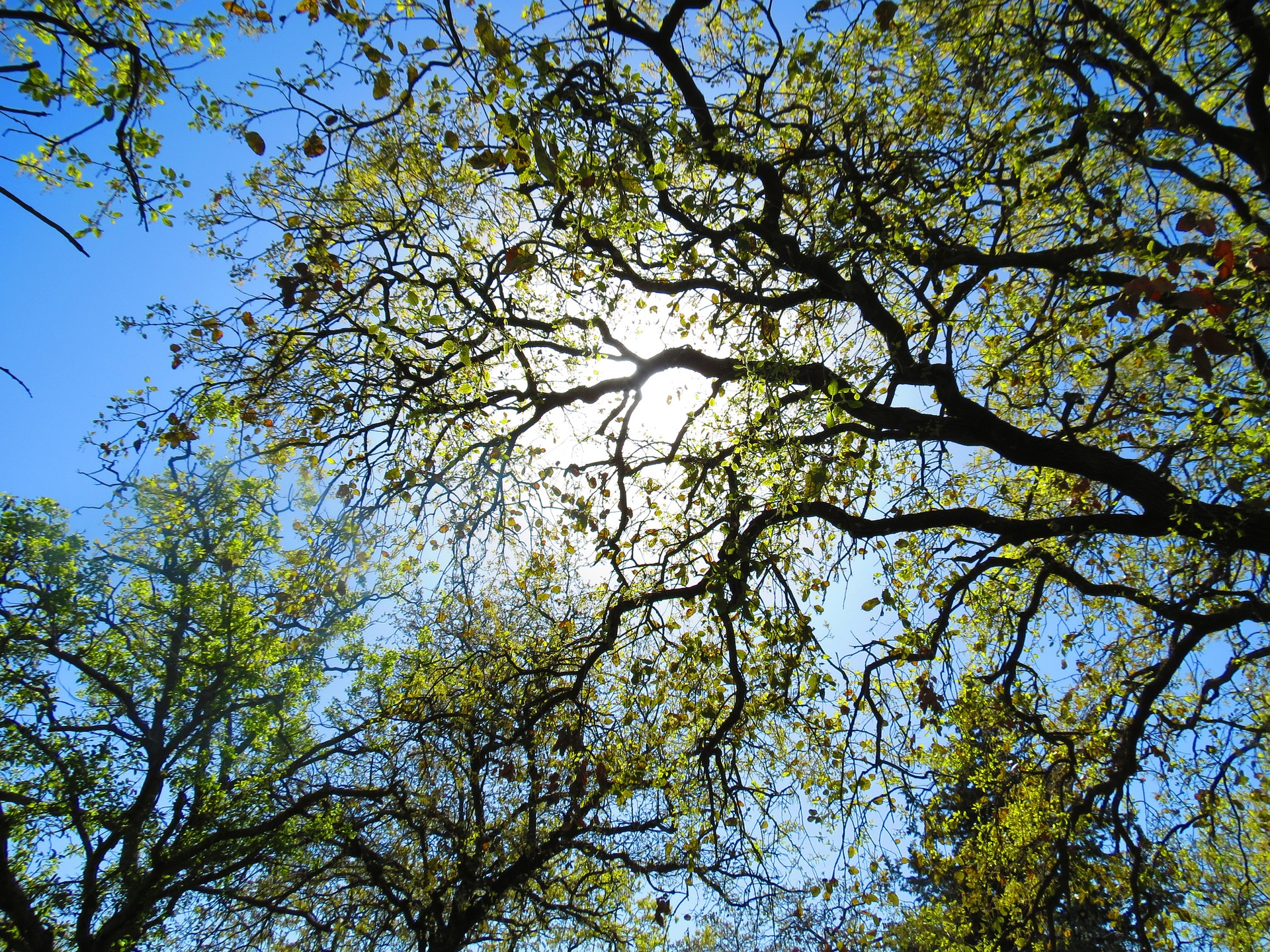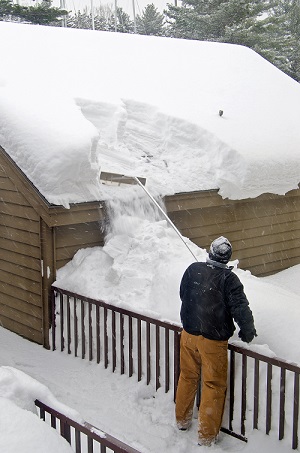How to Clean Burn Marks from Walls and Cabinets in the Kitchen
Cooking mishaps, overheated candle burners, and curling irons that are not turned off can lead to burning marks on walls and cabinets. The fire damage is unsightly yet can be cleaned with the proper techniques. Following are ways to clean off burn marks from the walls and cabinets.
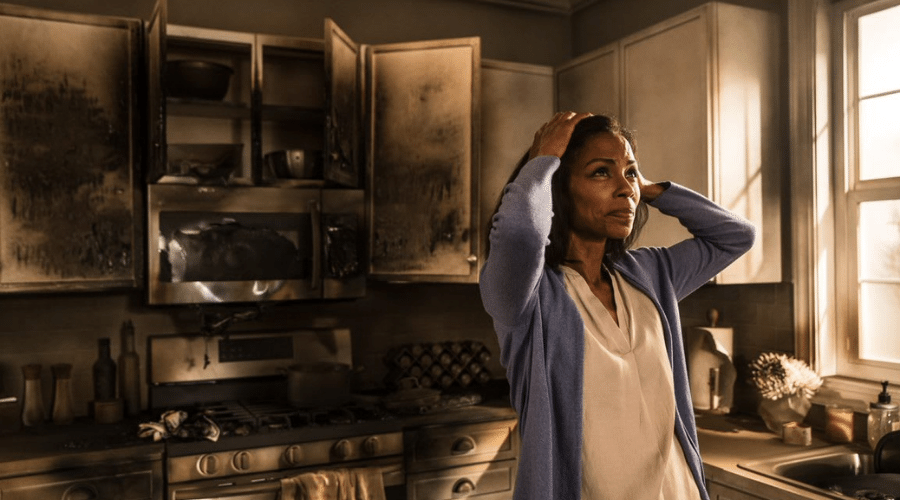
Homeowners who notice burn marks on the walls or any other place in the home should be concerned. Burn marks are a red flag for fire safety issues within the home. The electrical outlets on the walls can show burn marks, for example, which are indicators of an overloaded circuit.
Burn marks on the walls and cabinets can also be the unwanted outcome after a home fire or kitchen fire has occurred. Cooking accidents are one of the leading causes of kitchen fires, making burn marks a common incidence for homeowners.
Upon noticing burn marks on the walls or cabinets, it’s important to take immediate action to remove them. Any delays in cleaning up the burn marks on porous surfaces like drywall or wood can lead to the marks becoming permanent stains.
How are burn marks cleaned from cabinetry?
Cabinets that are made of wood contain fibers, so the visible scorch cannot be bleached away. Rather, it’s necessary to remove the burned fibers from the wooden cabinets, then stain or finish the wood. Finishing the remaining wood allows the newly exposed fibers to match the surrounding surfaces.
While solid wood kitchen cabinets add beauty to the home and are exceptionally durable, they are high maintenance. When finishing the wood cabinets, the finish should be waterproof. Treating the cabinets should also be done with non-abrasive products designed especially for wood.
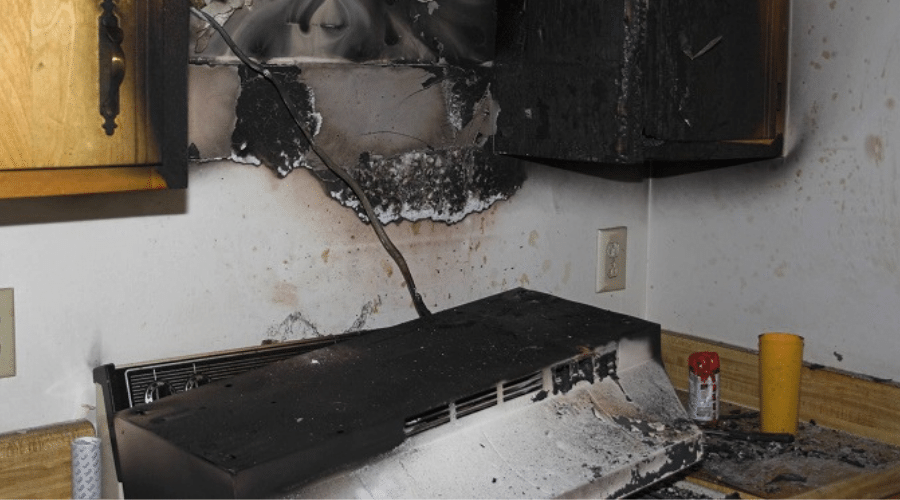
Burn marks on solid wood cabinets are easy to treat, as long as the marks do not extend deep into the wood. However, end caps on cabinets feature a micro-thin layer of veneer wood backed up with plywood or particle board; wearing through this layer leaves a bigger mess.
Homeowners who intend to clean the burn marks from the cabinets should start by scrubbing the marks with Magic Eraser. Be sure to scrub in the direction of the wood grain. Sometimes, lifting the burn marks with this readily available product is sufficient.
However, when this first step fails to remove the burn marks, move on to scrubbing with fine steel wool, No. 0000, or fine sandpaper with a grit of no more than 220. The burn marks should lessen while scrubbing along the top layer—but not any deeper than that.
If the treated area is lighter than the surrounding cabinetry, apply a stain. A simple dab should be enough. Allow the stain to dry, then use a brush to apply a clear, water-based finish. Once dry, buff with fine steel wool to ensure an even sheen.
When cleaning the burn marks leads to wearing through the top layer, the homeowner has another option. Replacing the end panel is the alternate solution. The end panel is one-eighth of an inch thick and can be purchased from local hardware stores.
How are burn marks cleaned from walls?
Walls stained with burn marks can also be successfully cleaned. A chemical dry-cleaning sponge can effectively be used to remove the marks. Wipe the walls carefully and slowly, taking care to ensure the sponge does not become saturated with soot. If it does, clean and dry it before reusing.
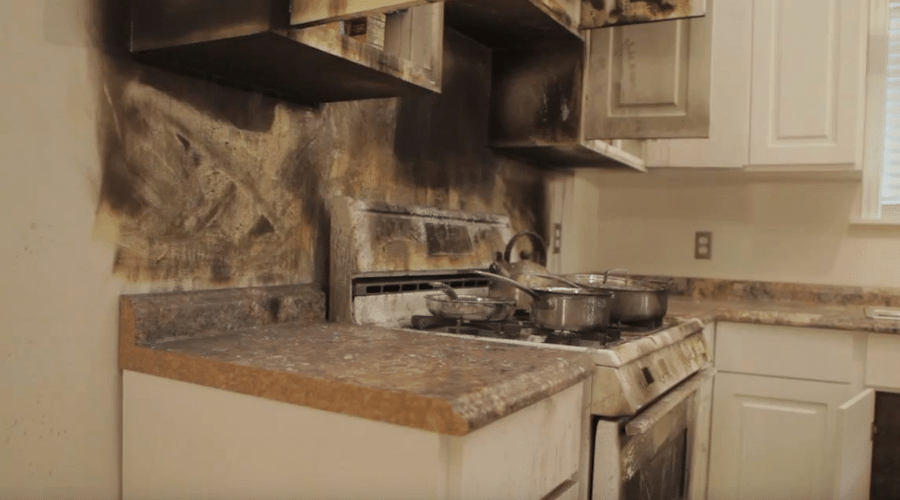
The chemical dry-cleaning sponge will lift the burn marks from the walls. However, stubborn burn marks can still remain. When the marks do not entirely disappear, it is necessary to clean the walls with paint thinner or rubbing alcohol. Dip a regular sponge into either solution and wipe the walls.
Be sure to allow the walls to dry thoroughly after cleaning them. Once the walls are clean of the burn marks and fully dry, repainting or redecorating is the next step. Cleaning the walls in this way is ideal for burn marks or other types of minor fire damage.
How are burn marks prevented on walls?
Burn marks can reoccur along the walls, especially when a homeowner uses the kitchen frequently to cook. Installing a backsplash behind the stove, where burn marks are mostly likely to occur in the kitchen, is an ideal remedy to prevent future burn marks from reoccurring.
The abovementioned steps for cleaning burn marks from cabinets and walls are intended for minor instances of fire damage. However, when the fire damage is severe or extensive, homeowners are advised to consult a reputable fire damage restoration service to perform a professional cleanup.

Experienced crews will restore your residential home or commercial building quickly and efficiently when fire damage strikes. Professional fire damage cleanup is critical to the safety of the building and occupants.
Restoring the fire damaged building to its pre-loss condition is the number one priority. Soot and corrosive byproducts are known for spreading long after the fire is extinguished and causing permanent damage. Technicians work quickly to minimize the spread of fire damage.
Fire damage specialists start with an emergency pre-cleaning. Fire damaged walls and ceilings are carefully cleaned. Offensive smoke odors are likely to emerge after the fire, which is why they perform thorough odor removal services.
Property owners can count on fire restoration professionals for their high-quality workmanship and the speed in which they work. These technicians are licensed and insured to give customers further confidence. They are also experienced in fire damage cleanup in both home and business settings.

